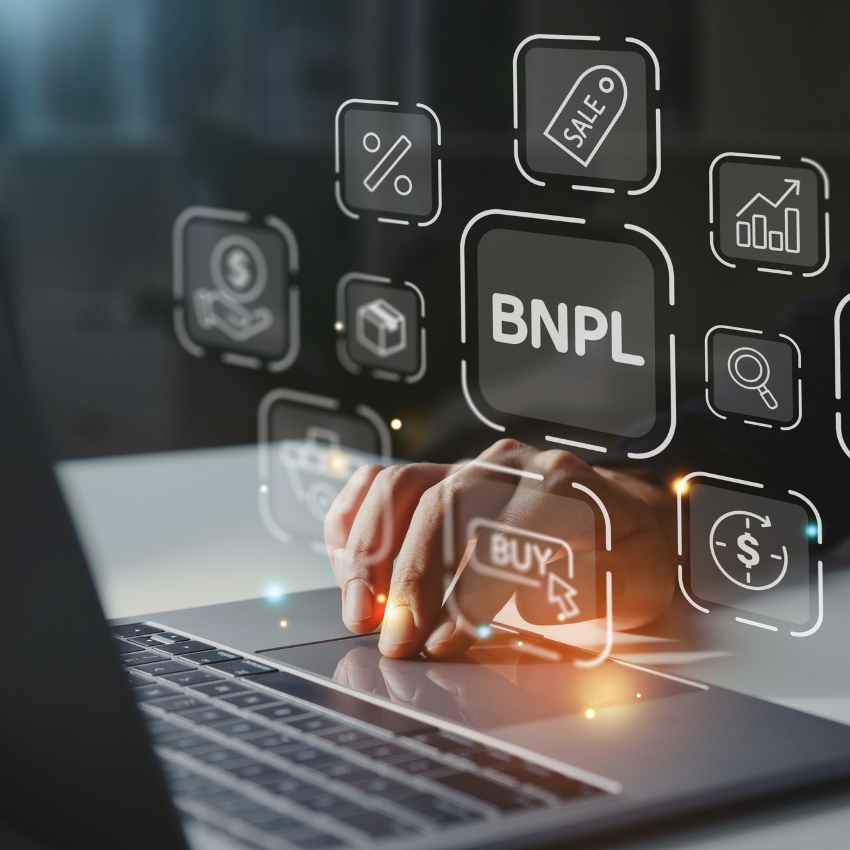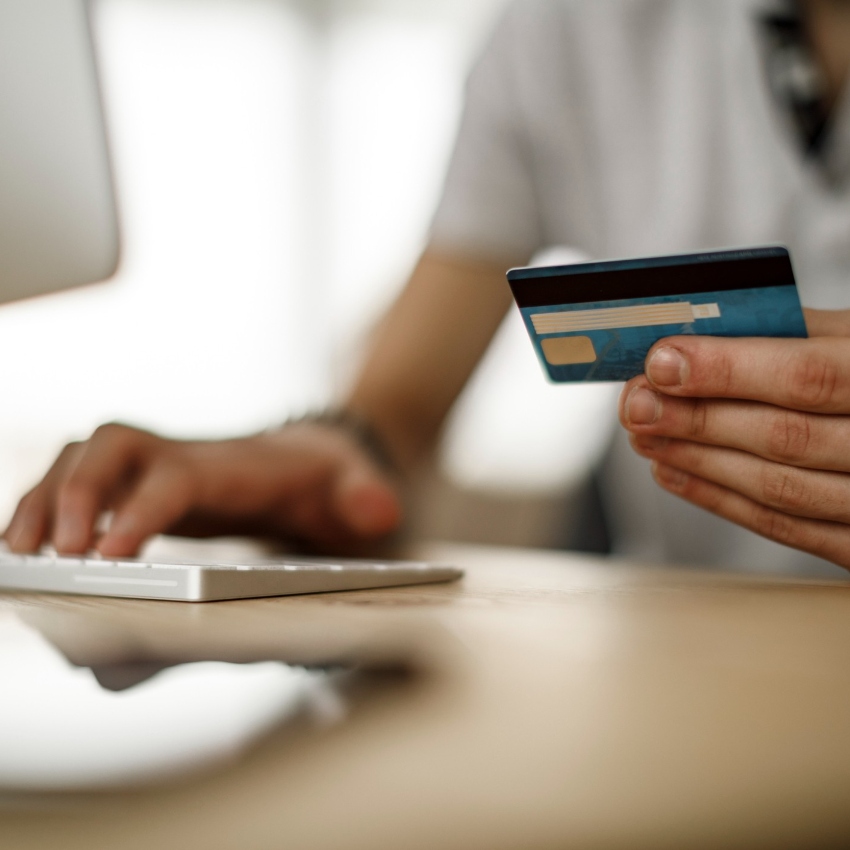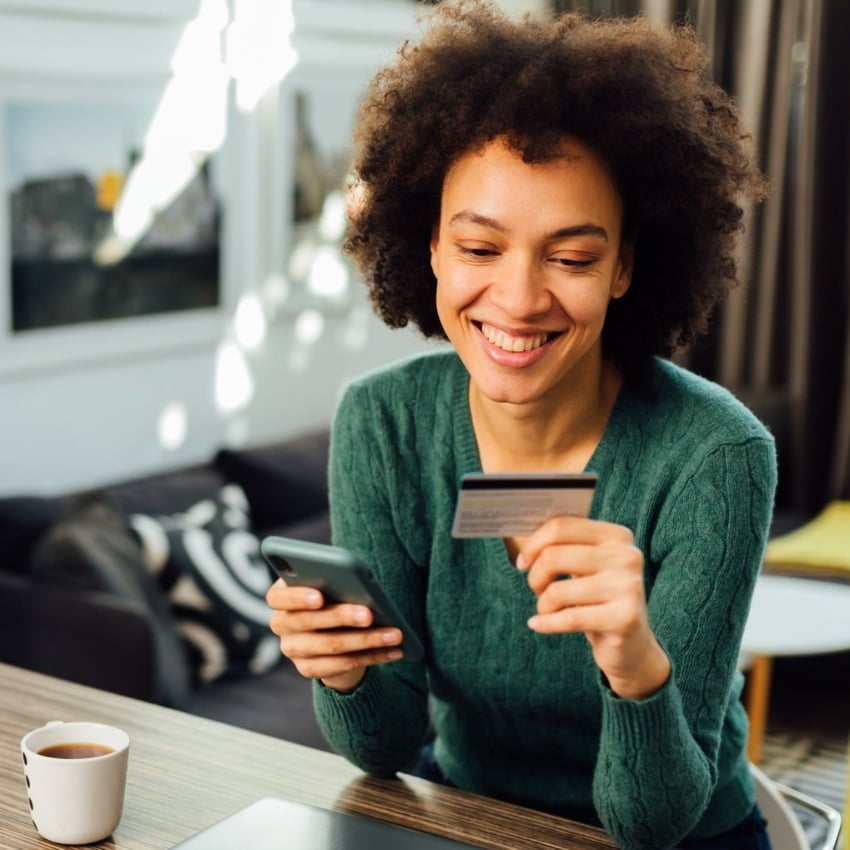As e-commerce becomes more and more common and payment habits evolve, Buy Now Pay Later emerges as an option to pay in installments. Understand more about it!
Global e-commerce has grown a lot in recent years, boosted both by technological innovation and by the changes brought about by the pandemic. As a result, new ways of making purchases online began to gain traction — such as Buy Now, Pay Later (BNPL), which offers the possibility to pay in installments without a credit card.
For merchants, this is another way to ensure that their customers have more options when it comes to finalizing purchases, thus leading to greater profitability. For customers, it makes shopping even easier and more accessible.
Do you want to know more about this payment method that has been growing a lot in the US and Europe, in addition to understanding the BNPL scenario in Latin America? If so, check out more details on the subject right below.
What is Buy Now, Pay Later?
Buy Now, Pay Later (BNPL) is a payment method that has become very popular in recent years, especially in the US and Europe. With it, the consumer can make a purchase today and pay the full amount in a few weeks or months, without charging interest.
Despite the growth of this payment method in recent years, it is not entirely new to Latin Americans — at least, considering how it works. In Latin America, especially in Brazil, installment plans already exist.
This payment method was introduced in the country in the 1950s, and it has become common practice among retailers. In addition, purchases in installments are a very strong cultural trait in the region as a whole, either through installment plans or credit cards.
How does BNPL work?
Buy Now, Pay Later works very similarly to purchases in installments, which are so common among Latin Americans. The big difference lies in the fact that banks or credit card companies are not needed to intermediate the transaction.
In other words, BNPL is a new alternative for those who do not want to depend on the bureaucracy of traditional financial institutions, alternatively using artificial intelligence to check whether the customer is fit for the payment model or not. That way, a good part of the unbanked population will have easier access to this means of payment.
For a purchase to be made, it is necessary for the merchant (in a virtual store or not) to offer this possibility of payment. Therefore, the consumer chooses the option corresponding to the BNPL at the payment checkout, selects the number of installments, and waits for confirmation of the purchase.
Depending on the service chosen, it may be necessary to pay up to 25% of the total purchase price and pay the rest in installments — this can happen in specific cases. In general, it is possible to pay for the entire purchase in installments.
Another aspect to pay attention to is the amount available to generate installments. Some specialized companies may offer more or less credit. To obtain this information, it is necessary to check the conditions of use of the services of each company, individually.
How has it become popular in the US and Europe?
With the sanitary measures imposed during the pandemic, people found themselves in the need to use more practical means to make their purchases — which led to the boom in purchases over the Internet.
With this mindset shift, it is estimated that US$4.6 trillion was generated through these transactions across the globe in 2020. From the total amount, about US$97 billion (2.1%) comes from BNPL-based purchases. Also, according to projections, the volume of transactions using BNPL as a payment method is expected to grow by 4.2% by 2024.
In the US and Europe, this type of payment is becoming more and more popular. This is a point of no return, as applications such as e-wallets, for example, have shown that it is entirely possible to have control of finances right in your hands, without depending on traditional financial institutions.
What is the situation like in Latin America?
It is quite common for Latin Americans to make payments in installments for their purchases. To make that happen, more traditional methods, such as installment plans and credit cards, are widely used.
Despite the similarity between these means of payment and the BNPL, it is still not common for residents of the region to make use of it. The reason for this to occur is precisely related to the use of the credit card as the main means of payment in installments — which makes BNPL less attractive.
In addition, local means of payment are preferred by the population. This is due to the fact that the region has a high rate of unbanking — which encourages many people to use cash and local payment methods for their purchases.
However, the high rate of unbanked people means that there is indeed an audience for BNPL, which has a minimal presence in the region. When we talk about all of Latin America, BNPL represents 1% of e-commerce purchases, according to BoaCompra's Digital Renaissance in Latin America white paper.
How to invest in this trend?
Even though Buy Now, Pay Later doesn’t have quite a strong presence (at least for now), Latin Americans are quite open to new payment methods, which can be seen in the growth of digital payments — such as Pix in Brazil — and e-wallets in the region.
In order to make that happen in the best way possible, it is necessary to invest in more practical means of payment. In other words, for those who want to expand their business to Latin America, it is essential to understand that the region's residents prefer to pay in local currency.
To achieve this goal, there is nothing better than partnering with a company that understands this audience and that offers easy local means of payment for potential consumers, without compromising the shopping experience.
What are the advantages of BNPL?
As yet another option that makes it easier for potential customers to make payments, Buy Now, Pay Later stands out for not requiring users to have credit card numbers. In addition, it provides a small interest-free financing for specific purchases, that is, more credit for users.
Considering merchants, we have the advantages below.
Full payment
Once the payment is made through a small installment plan, the shopkeeper receives the full amount of the purchase as quickly as possible, even in the event of consumer default. In other words, BNPL offers low risk to the entrepreneur.
Increase in sales
With more alternatives of payment, it becomes more difficult to give up the purchase at the payment checkout. Therefore, BNPL is a great option for those who do not have a credit card and need money to make a specific purchase in installments and without interest. That way, sales increase and profit is generated for the business — online or offline.
Whatever the market of interest for business expansion in Latin America, it is important to establish a partnership with those who understand the challenges and potential of the region in order to achieve the best result possible. It's what you need to start offering Buy Now, Pay Later to your customers.
Do you want to know more details about each Latin American country and its full potential? So, check out a detailed study of the region and find out how to get the best results for your company, and click below to get in touch with us:





